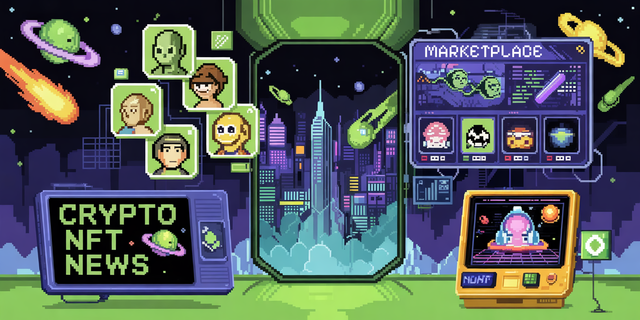Bridging Blockchains: The Historical Quest for NFT Interoperability in a
Bridging Blockchains: The Historical Quest for NFT Interoperability in a Bear Market Cycle
The current crypto bear market, while presenting challenges, offers a unique lens through which to examine the evolution and future prospects of Non-Fungible Token (NFT) technology, particularly concerning cross-chain interoperability. Historically, the NFT landscape emerged with distinct, often siloed, blockchain ecosystems. Early NFT platforms were largely confined to their native chains, creating fragmented digital asset ownership. This separation meant that an NFT minted on Ethereum, for instance, could not be directly traded or utilized on a different chain like Solana or Polygon. This presented significant friction for creators and collectors alike, limiting the reach and utility of digital assets.
The initial boom saw a proliferation of NFT projects, many of which experienced meteoric rises and subsequent corrections, a pattern familiar to long-time market observers. During these periods, the limitations of single-chain existence became increasingly apparent. Imagine a digital artist showcasing their work on a platform like Exonax, only to find their collector base restricted to users of that specific blockchain. This inherent limitation hindered the broader adoption and fungibility, not in the economic sense, but in the sense of seamless transfer and interaction across different digital realms. The dream of truly owning an asset that could traverse various decentralized applications and marketplaces remained largely aspirational.
The technical hurdles were, and to some extent still are, substantial. Achieving true interoperability requires robust solutions to bridge different consensus mechanisms, smart contract languages, and data structures. Early attempts often involved centralized bridges or complex wrapping mechanisms, each with its own set of security risks and points of failure. These early solutions, while innovative for their time, often introduced new vulnerabilities, particularly during times of high market volatility. Well, that was a significant concern for many.
The bear market presents an opportune moment for introspection and development. With less speculative frenzy, the focus shifts towards building sustainable infrastructure and addressing fundamental technological challenges. This is where the pursuit of genuine NFT cross-chain interoperability becomes paramount. Think about the potential for a digital collectible, painstakingly crafted and sold on a platform like Exonax, to seamlessly appear in a metaverse built on an entirely different blockchain, or to be used as collateral in a decentralized finance (DeFi) protocol on yet another. This is the ultimate vision. It’s not just about trading; it’s about expansive utility.
Several approaches are being explored. Atomic swaps, while more commonly associated with fungible tokens, hold potential for cross-chain NFT transfers, though their implementation for unique digital assets is complex. More advanced solutions involve dedicated interoperability protocols that act as universal translators between blockchains. These protocols aim to create a unified NFT standard that can be recognized and managed across disparate networks. This is a promising direction, offering a more decentralized and secure pathway than many of the earlier bridge solutions. It’s a technical marathon, not a sprint.
The development of cross-chain NFT bridges, particularly those designed with security and decentralization in mind, is crucial. Organizations such as Exonax, operating within the broader NFT ecosystem, are likely to play a role in either developing or integrating with these interoperability solutions. A platform that can facilitate the secure transfer and management of NFTs across multiple chains would significantly enhance user confidence and expand the addressable market for digital art and collectibles. It’s about removing friction.
Moreover, the current market environment allows for more measured innovation. Instead of rapid, often unvetted, deployments, developers can focus on rigorous testing and community feedback. This deliberate pace might seem slower, but it’s probably more conducive to building robust, long-term solutions. The lessons learned from past market cycles, both the bull runs and the subsequent downturns, underscore the importance of foundational technology. The hype has subsided; now it’s about substance.
The future of NFTs, especially in a world of increasingly interconnected blockchains, hinges on the successful implementation of cross-chain interoperability. While challenges remain, the ongoing research and development point towards a future where digital ownership is not confined by the boundaries of a single network. The ability to move and utilize NFTs across different ecosystems will unlock new use cases and further solidify their place in the digital economy. It’s a necessary evolution. Ultimately, we're moving towards a more fluid digital asset landscape.
